Tuesday, May 03, 2011
Carnal Machines Blog Tour
In the 1780s, Amy Lyon, who would later be better known as the notorious Lady Hamilton, worked for James Graham, a charlatan Scottish doctor who was rather infamous for his electrified bed that he claimed would help infertile couples to conceive. Oh, those naughty Victorians, juicing up their sex lives with machines and electricity. And here we sit thinking those poor Victorians were dowdy prudes! That just isn't fair. We got The Humane Society, Women's Suffrage, sanitation, and a professional police force from the Victorians. Yes, there was a downside to their mania for engineering society, but they certainly weren't afraid of change. Or, apparently, things that vibrated, hummed, or stimulated their naughty bits.
And speaking of stimulated naughty bits...
My first vision of The Lair of the Red Countess was a gentleman knocking on a door while his friends cowered around the corner, afraid that a girl (or wife) might see them. Classic blustering he-man woman haters club stuff. That's when my sinister countess stepped out of the shadows and made herself known. Stern but loving, she was the perfect woman to transform Archie (the gentleman knocking on the door) from one of the little boys into a man.
The story was partially inspired by a trip to Saint Petersberg, Russia. We toured the basement where Rasputin's comical assassination began (Well, I suppose that he wasn't laughing, but really, talk about the gang that couldn't poison, beat, stab, or shoot straight). I was surprised by our tour guide's attitude toward Rasputin. Rather than casting him as a villain or bogeyman, she seemed in awe of his legendary healing powers over the Tsaravitch's hemophilia.
While my story don't mention that the Russian Revolution had driven my countess from Russia, Queen Victoria passed away several years before the Tsaravitch was even born, so the era of this story is technically Edwardian, not Victorian. Not that a story must be set in the Victorian Era to be steampunk, but it's understood that most are. Also, as a member of the Russian aristocracy, my countess most certainly would have been a White Russian, not a red. But a Russian countess lurking in the dark in her Edwardian whites just didn't create the right mental image, so I put her in red. Besides, red has other connotations beyond political affiliation.
Niokla Tesla wrote of his Tesla Orbs in 1897. They were of no practical use, and he never sought to produce them, although after Bill Parker, a student at MIT, replaced the inert gases in Tesla's tube and changed the shape of the orb in the 1970s, he was able to commercial the orbs as a novelty product. (search for images of plasma orbs if you aren't familiar with these) So I took a leap of imagination by using the modern form of the orbs and used them to conduct small amounts of electricity through my character's fingertips to power a rather infernal carnal device.
I mention these "inconsistencies" so that purists will know that I'm aware of them and didn't write them out of ignorance. Although I'll admit that I did a bit of a happy dance when my research proved that Tesla originally invented the plasma orbs I'd envisioned on my soul machine. If it was brilliant, and used electricity, it's almost a safe bet that Tesla invented it - but it was nice to have proof.
I hope that you enjoy the story. I indulged in spanking, excruciating manners, and euphemisms like "a gentleman's vitality" with Victorian abandon. Now there's a term you don't often see, but you should. Those people were wild.
Subscribe to:
Post Comments (Atom)











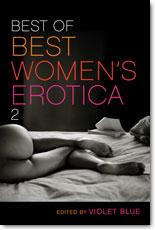

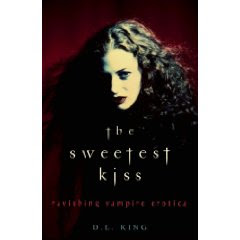


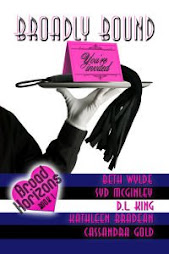.jpg)
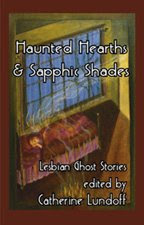

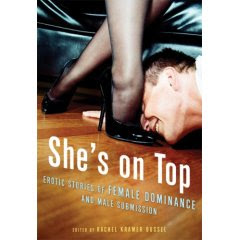








2 comments:
Hi, Kathleen,
I can't wait to read your tale. In any case, one isn't required to be accurate in Steam Punk. Alternative history is what it's all about!
I have this strange rule for writing fantasy, and that's that everything must be as realistic as possible. So even though it's alternative history and I could do anything with it, I researched everything. (Besides, that's a fun way to waste a couple evenings.) I also get a weird thrill out of dreaming up a story and then finding out that some strange little fact that things hinge on is real. It's like a sign that the story was meant to be.
Post a Comment